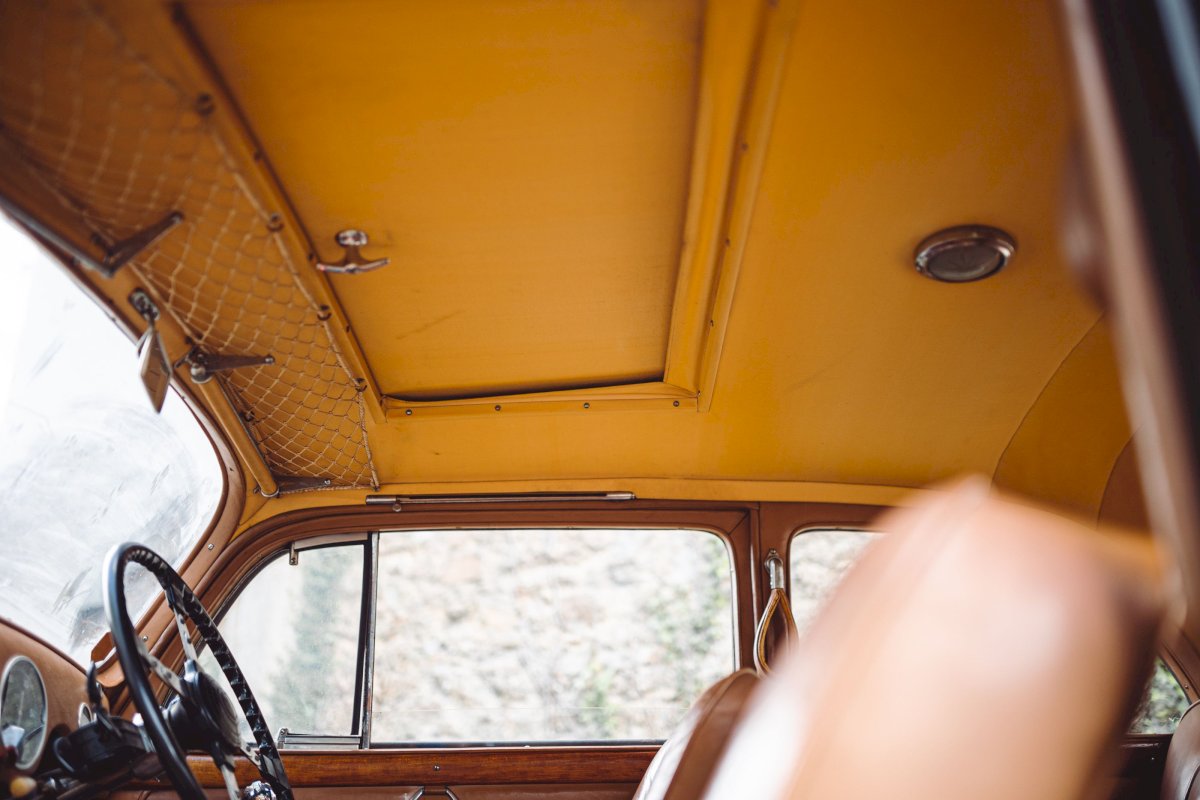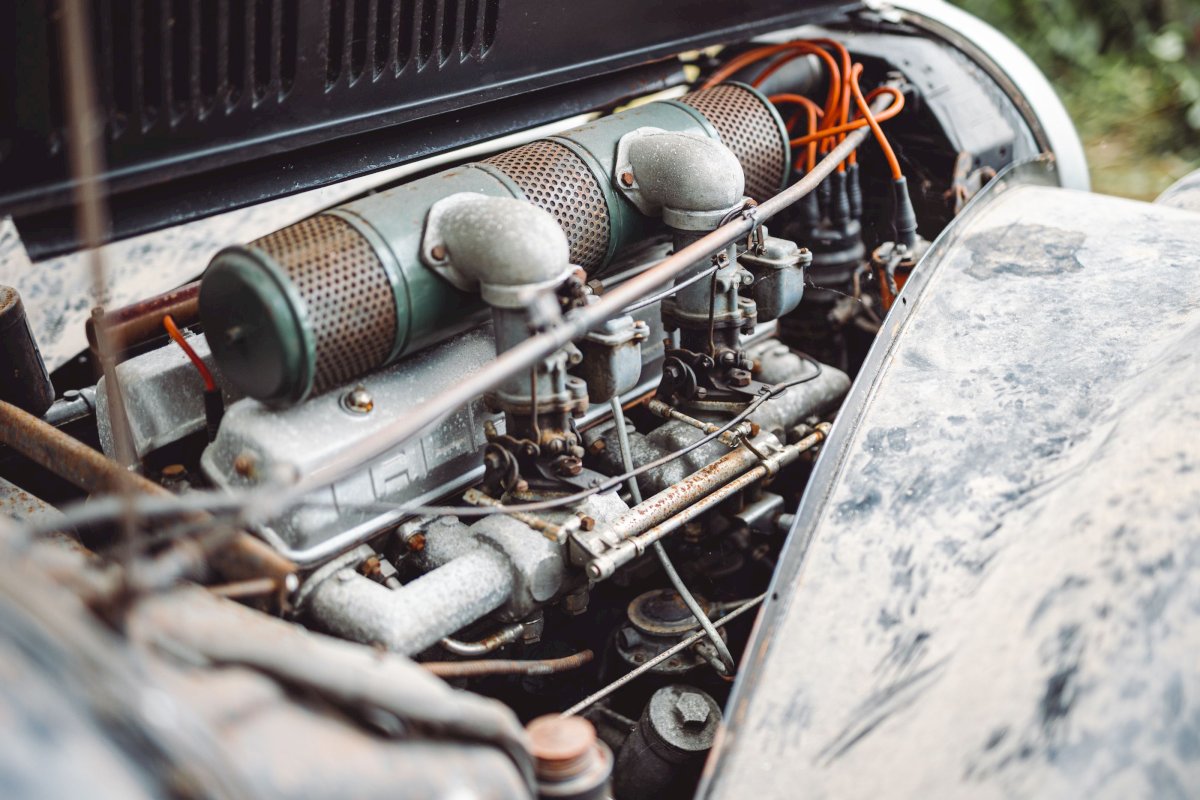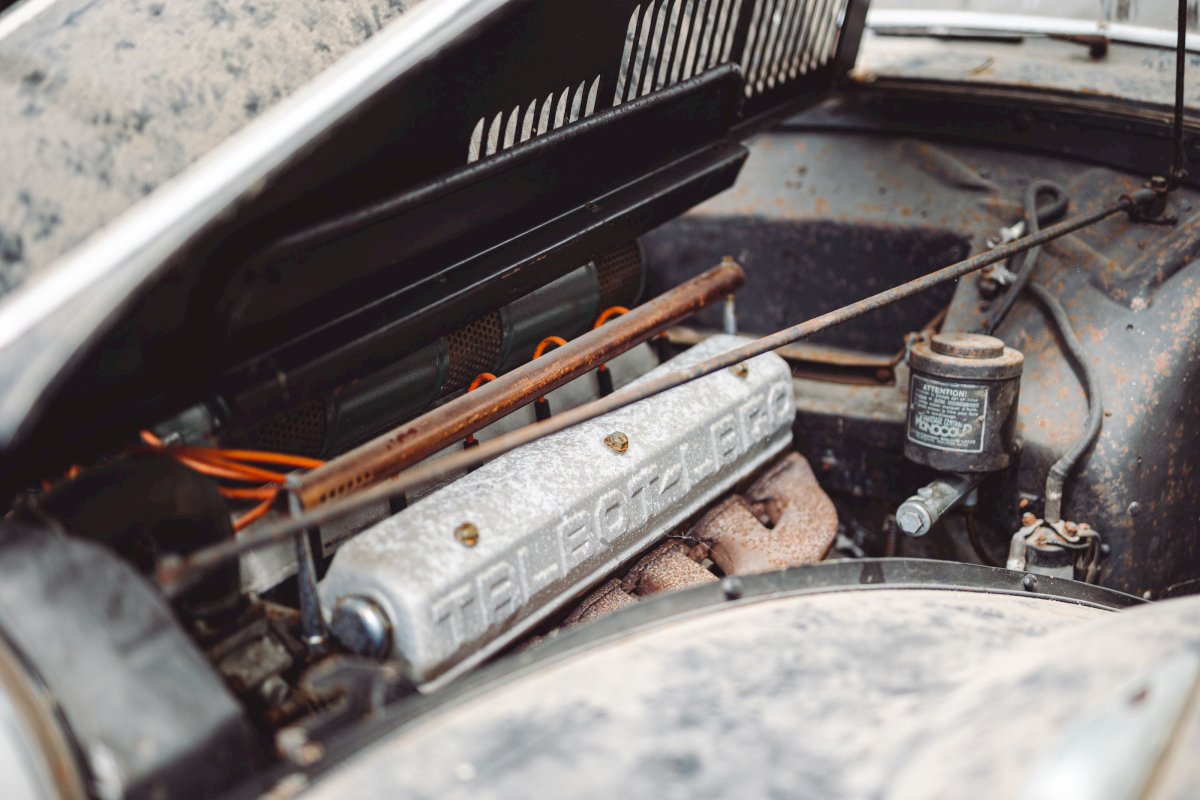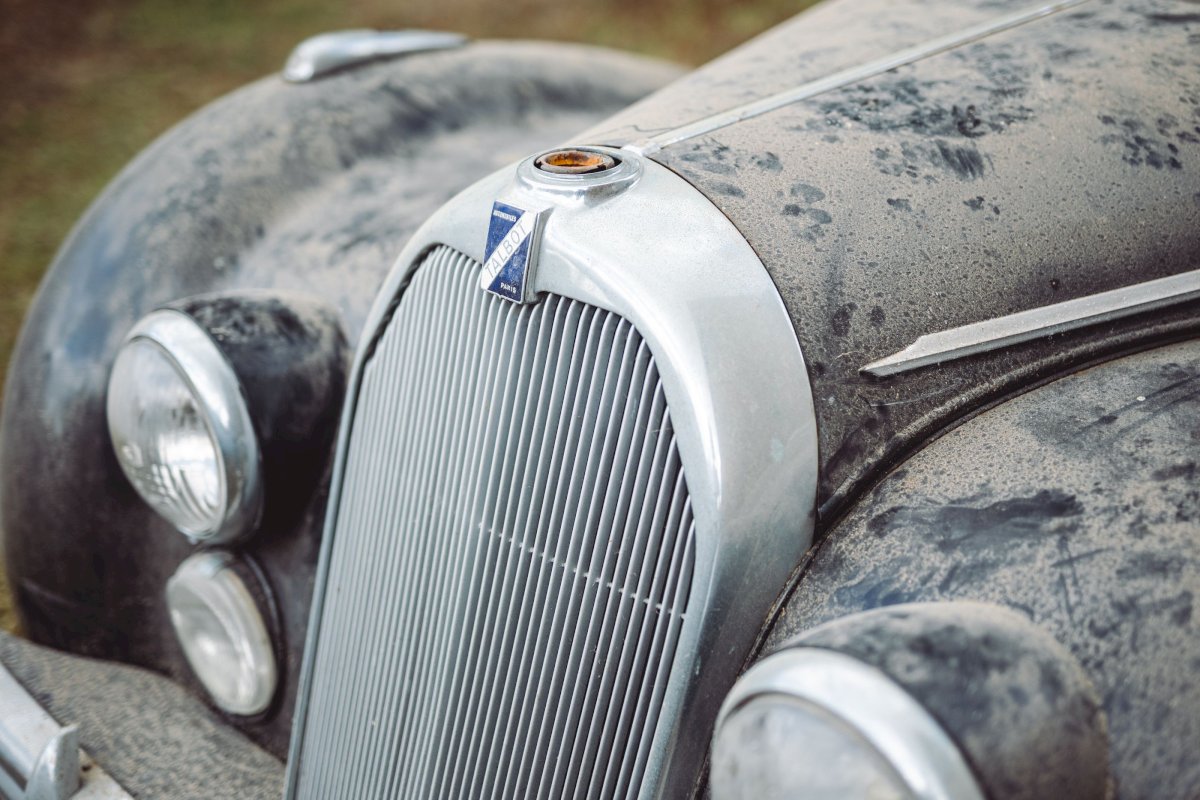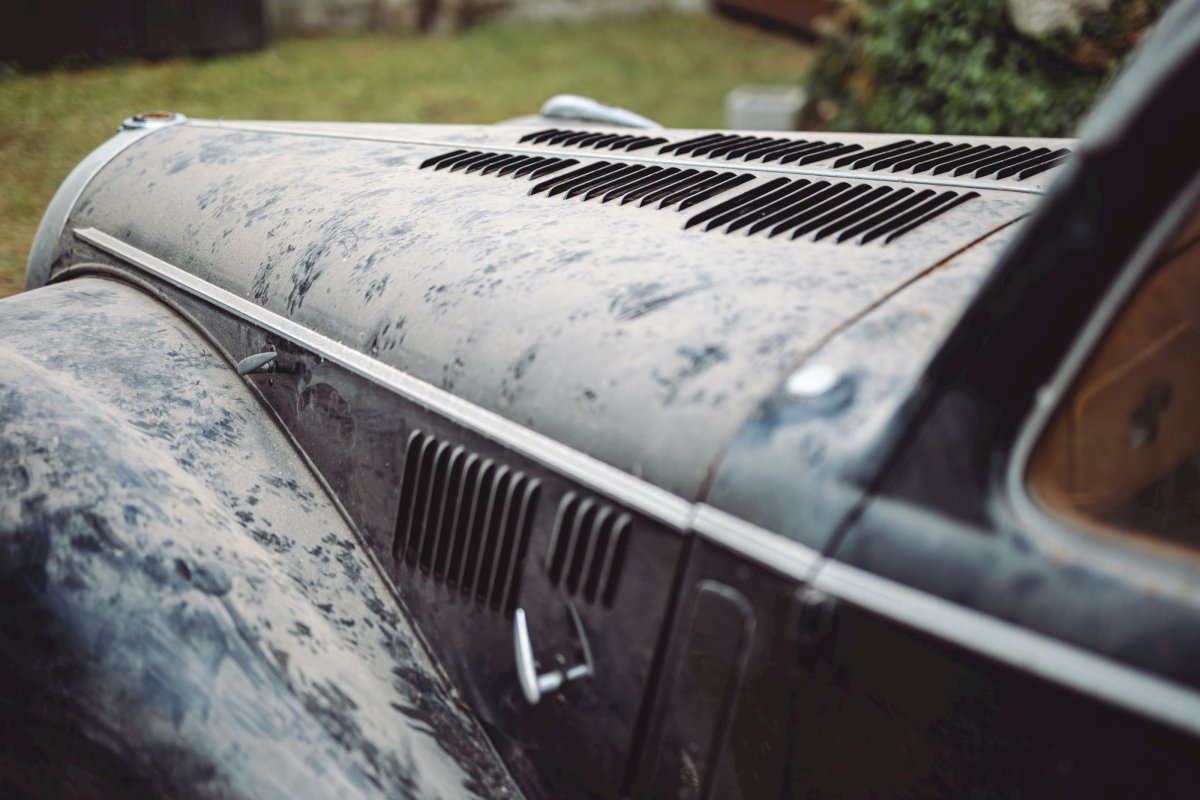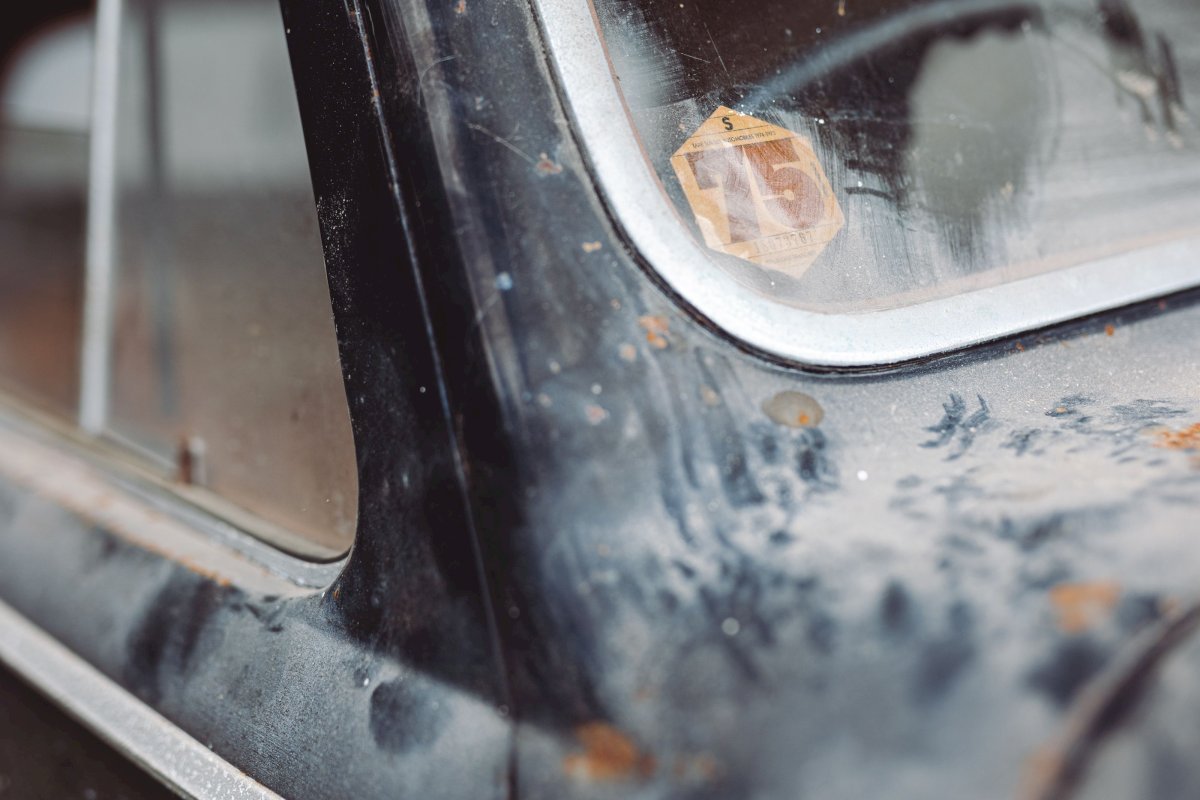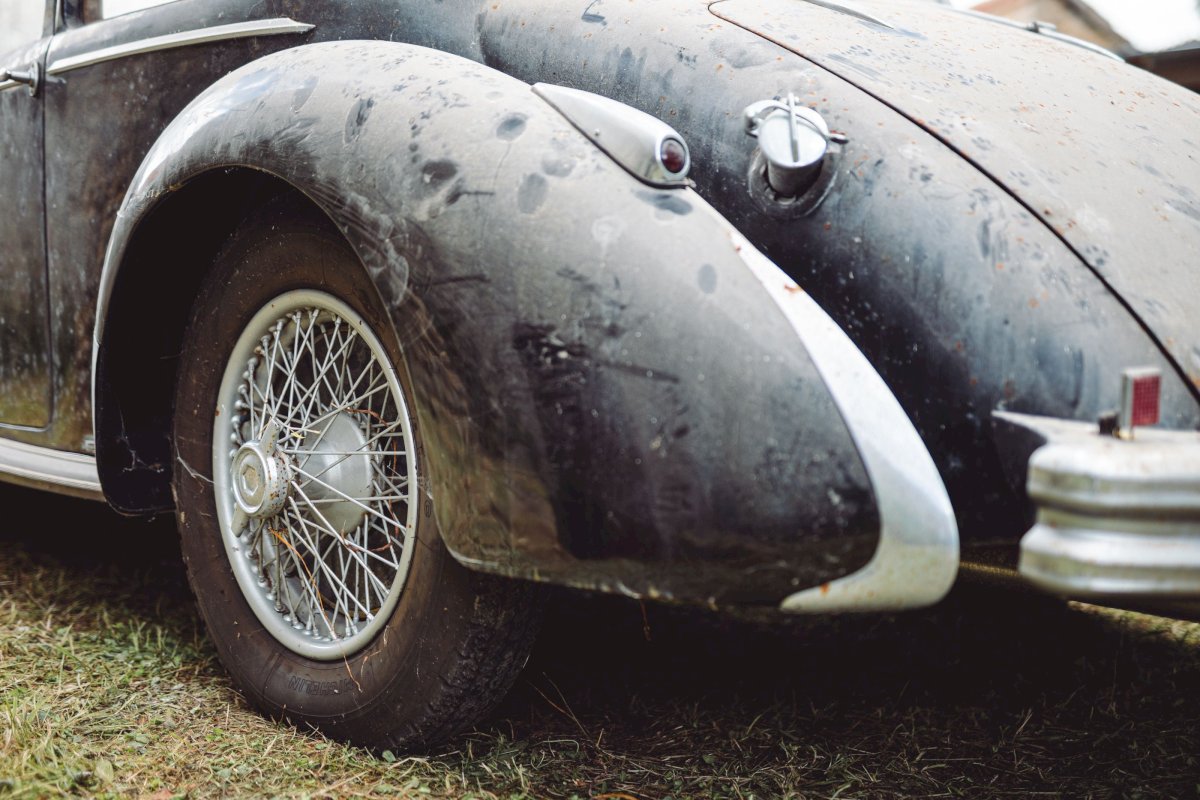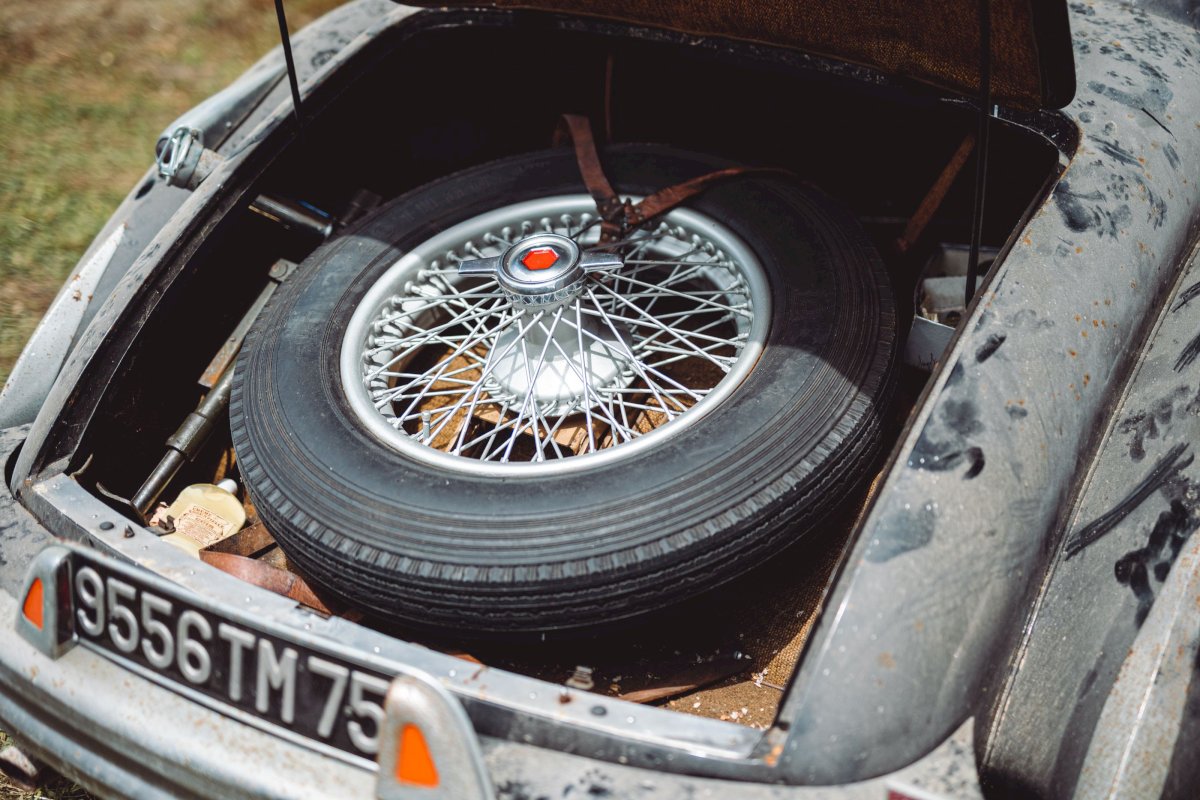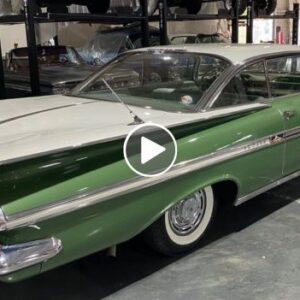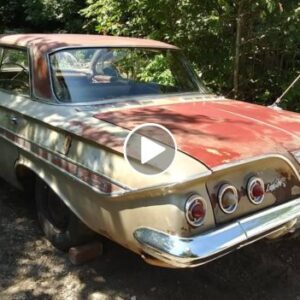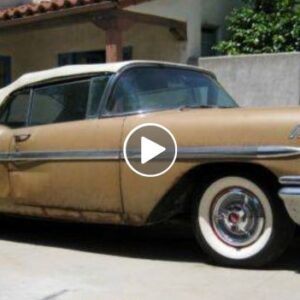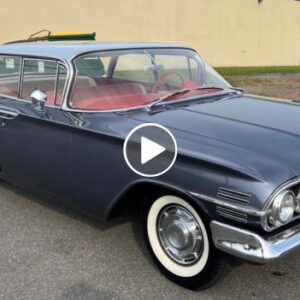– One of the most beautiful T26 bodies
– Remarkable state of preservation
– Two owners from new
– No reserve
“Once again, Talbot has distinguished itself with this creation worthy of its fame. The “Lago-Record” is a car to make the most difficult enthusiast envious.” This is how the magazine L’Automobile wrote about Anthony Lago’s latest creation, unveiled in 1946 at the first post-war Paris Motor Show, in front of a million visitors.
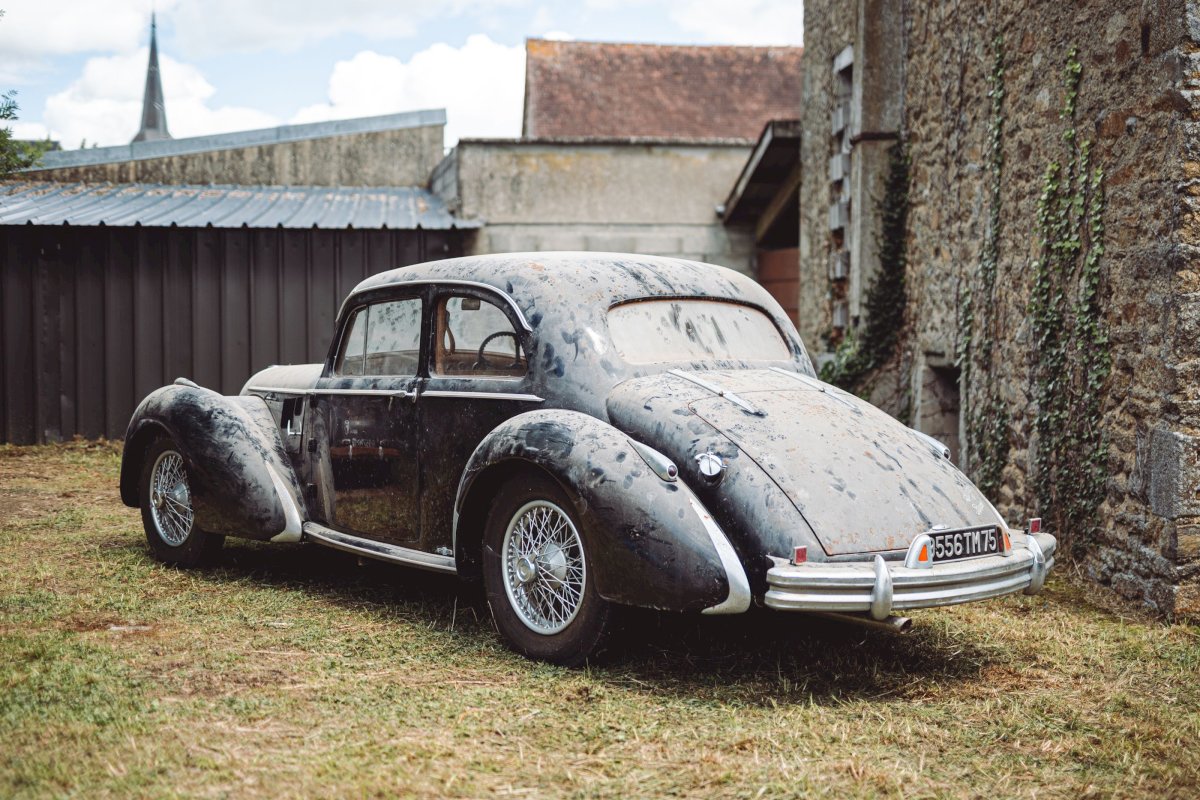
For most of them, the new Talbot was a dream object, because it was one of the most expensive cars on the market: at 1,929,700 francs in 1948, it cost more than four times the price of a Citroën 11 HP traction.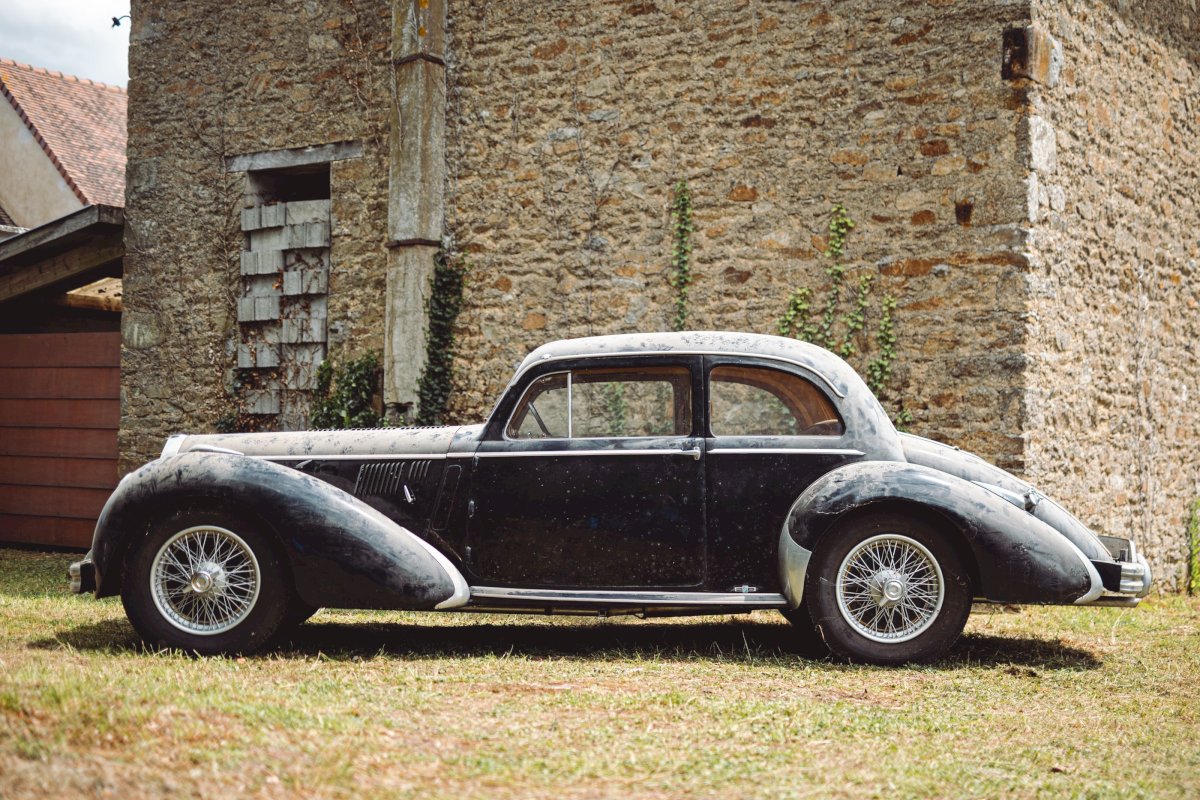
But it deserves to be so, because its characteristics were exceptional for the time, defined in the clandestine design office of the brand in Suresnes, by Anthony Lago and Carlo Marchetti who succeeded Walter Becchia in 1941.
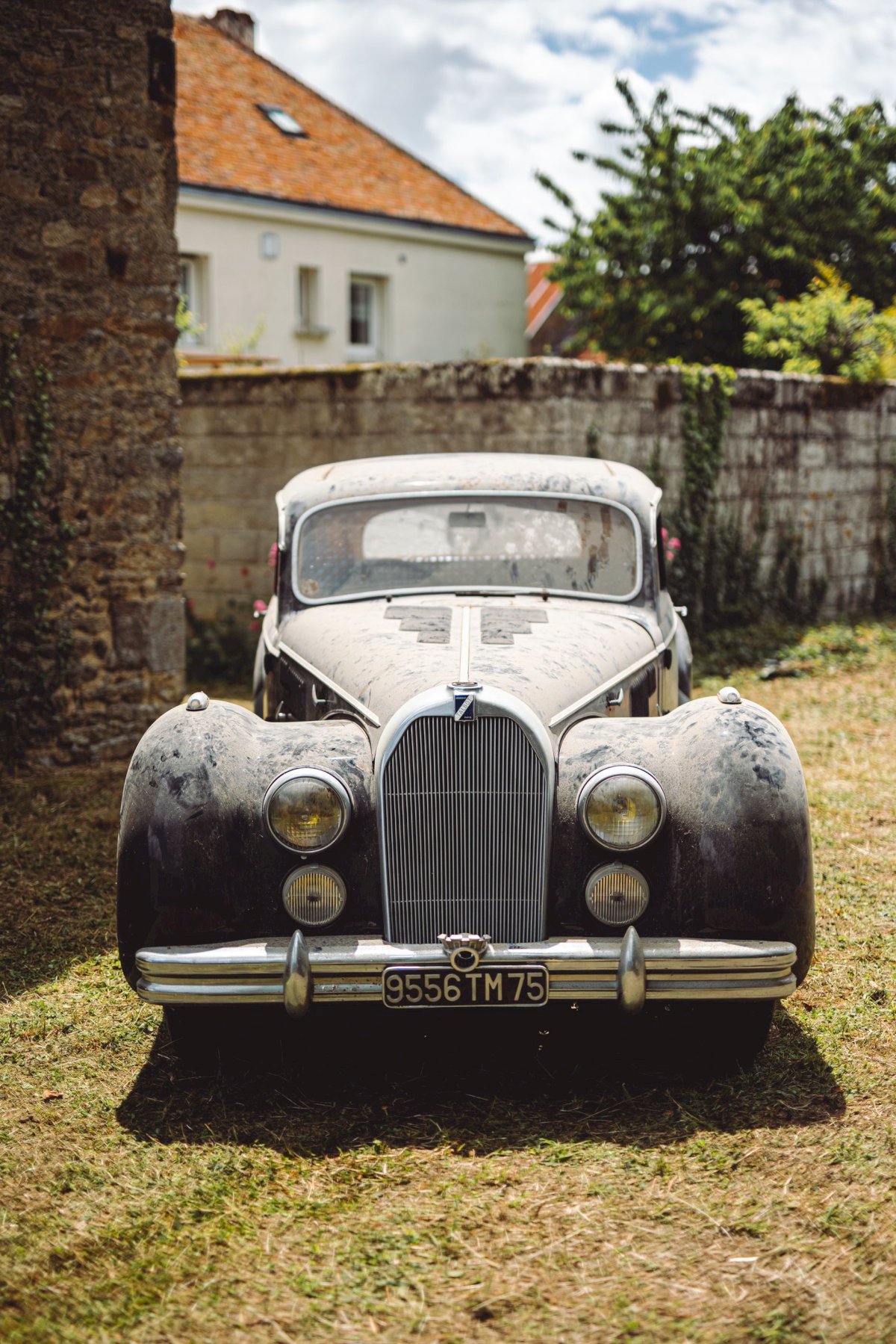
The engine had a displacement of 4.5 liters, which corresponds to the limit imposed by the sporting regulations for Grand Prix cars with naturally aspirated engines: for Anthony Lago, who took over the French branch of Talbot in 1934, racing played a fundamental role in the success of a brand. This 6-cylinder engine had a particularly interesting distribution, with two side camshafts placed high in the block and actuating overhead valves, a device allowing for hemispherical combustion chambers.

Developing 170bhp, it was one of the most powerful engines on the market, and it gave the Lago Record a top speed of 170 km/h, an exceptional figure during those years.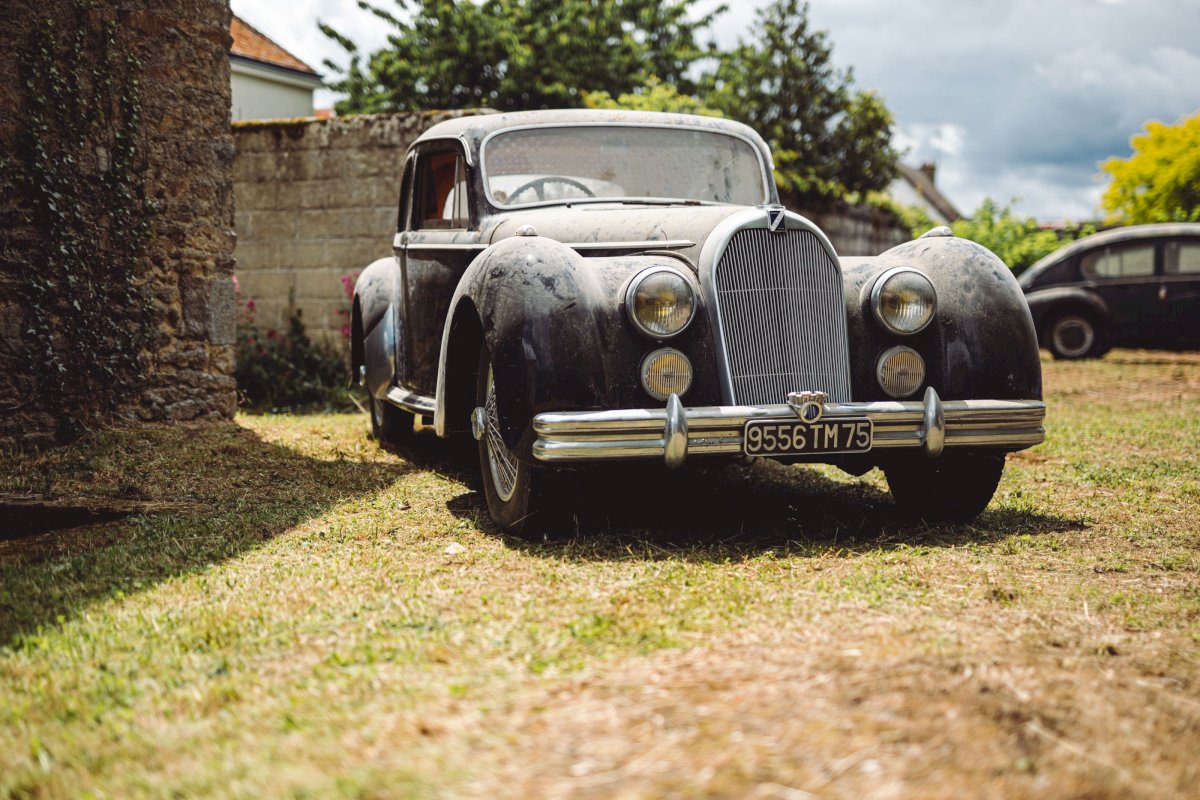
Not only was the Lago Record powerful, it was also particularly well built. Unlike Delahaye, Talbot still had its own body shop in its Suresnes factory, where they still worked with traditional methods: wooden frame and sheet metal panels. It was sturdy, but it was also heavy and expensive. The interior was also fitted out with the greatest care, with remarkably executed upholstery.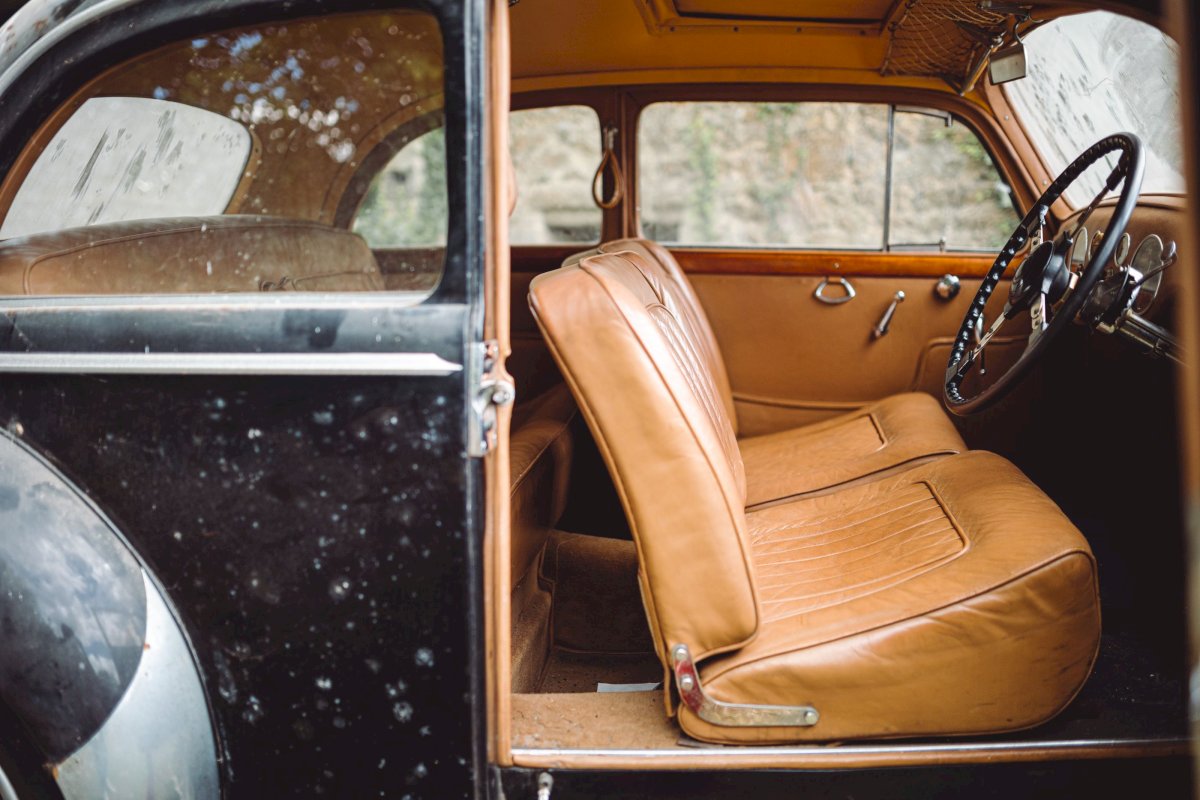
The car on offer is the so-called “low-profile coach” version, which is distinguished by its very elegant, long and slender rear. Delivered on November 3, 1950, to its first owner (whose name appears in the factory sheet provided by Club Talbot), it was registered ten days later in the Hautes-Pyrénées department.
Mr.
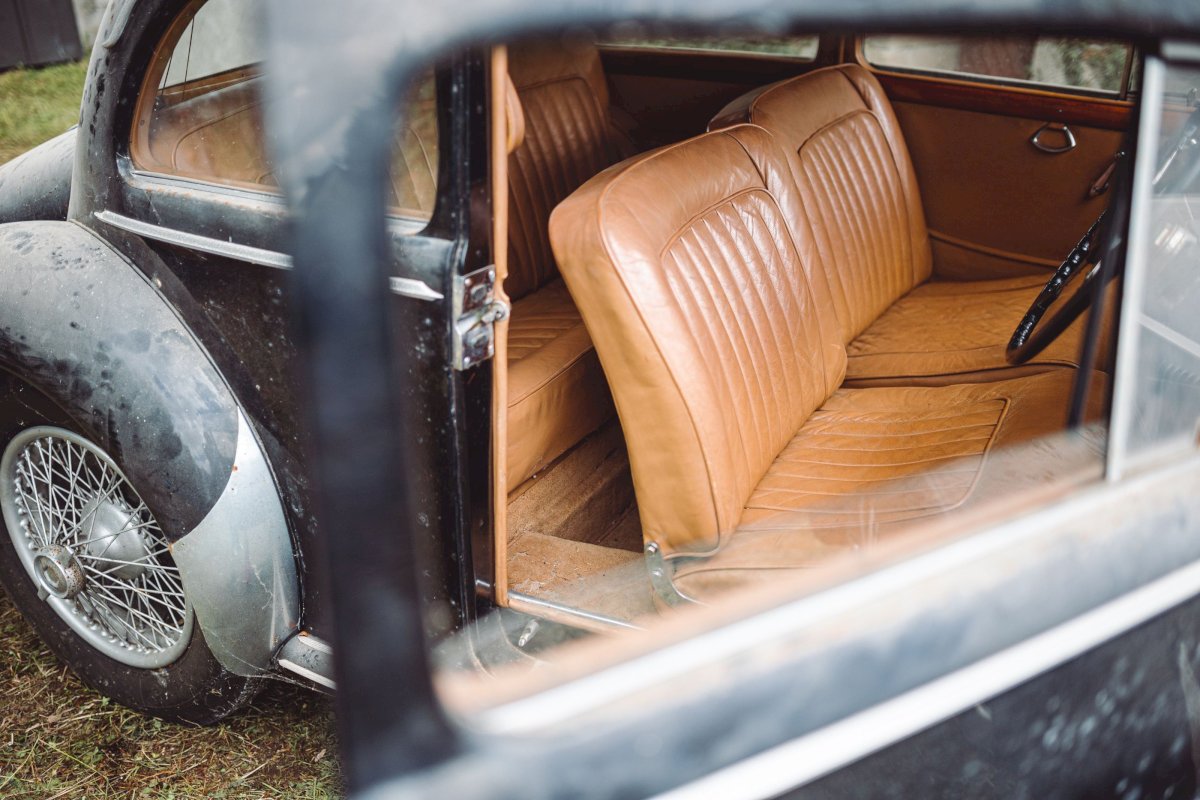
Héron bought it in 1966 from the first owner for the sum of 4,000 francs through the Châteaudun garage in Levallois, as confirmed by a copy of the invoice. It is one of the last cars in the collection being used, twenty years ago for a wedding.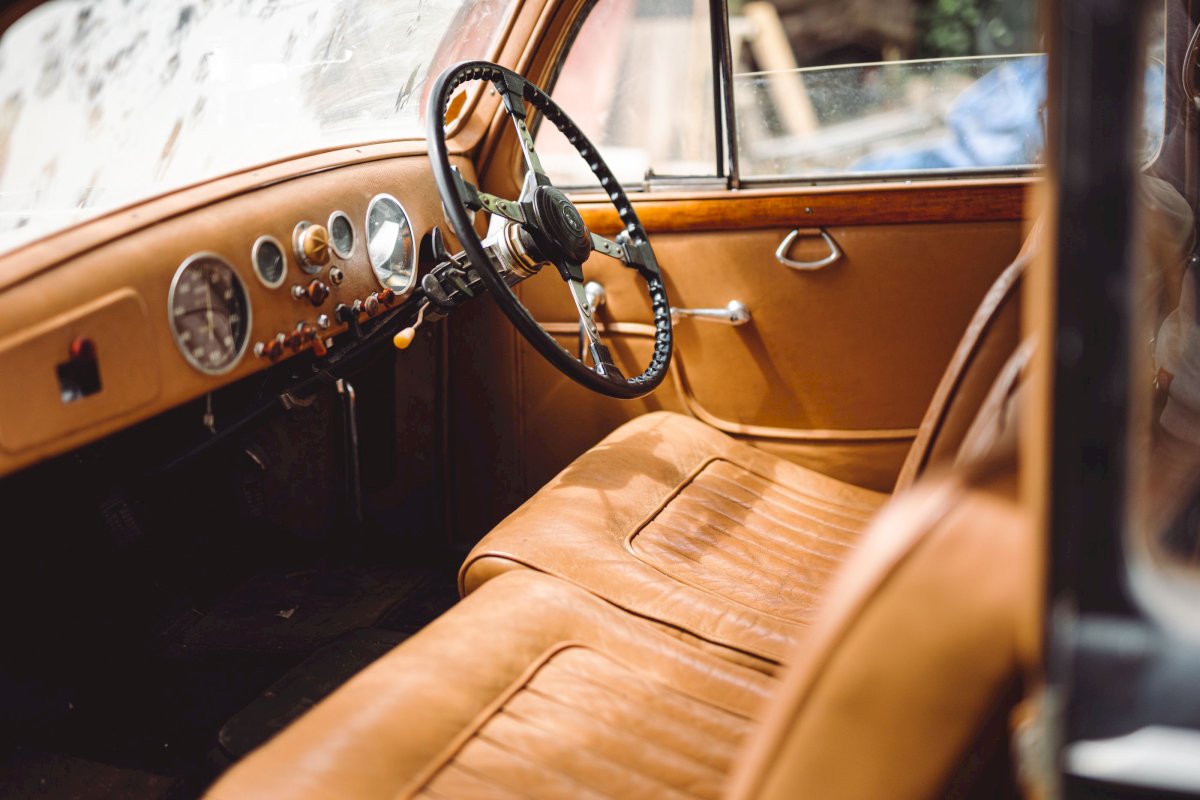
The odometer shows 65,622 km which, given the condition of the car, is probably the original figure. Indeed, this car is in an exceptional state of preservation. The exterior paint certainly has traces of superficial oxidation, but the bodywork is sound, and the doors do not sag. They open into an interior which is in such a well-preserved original state that one would think it had been redone.
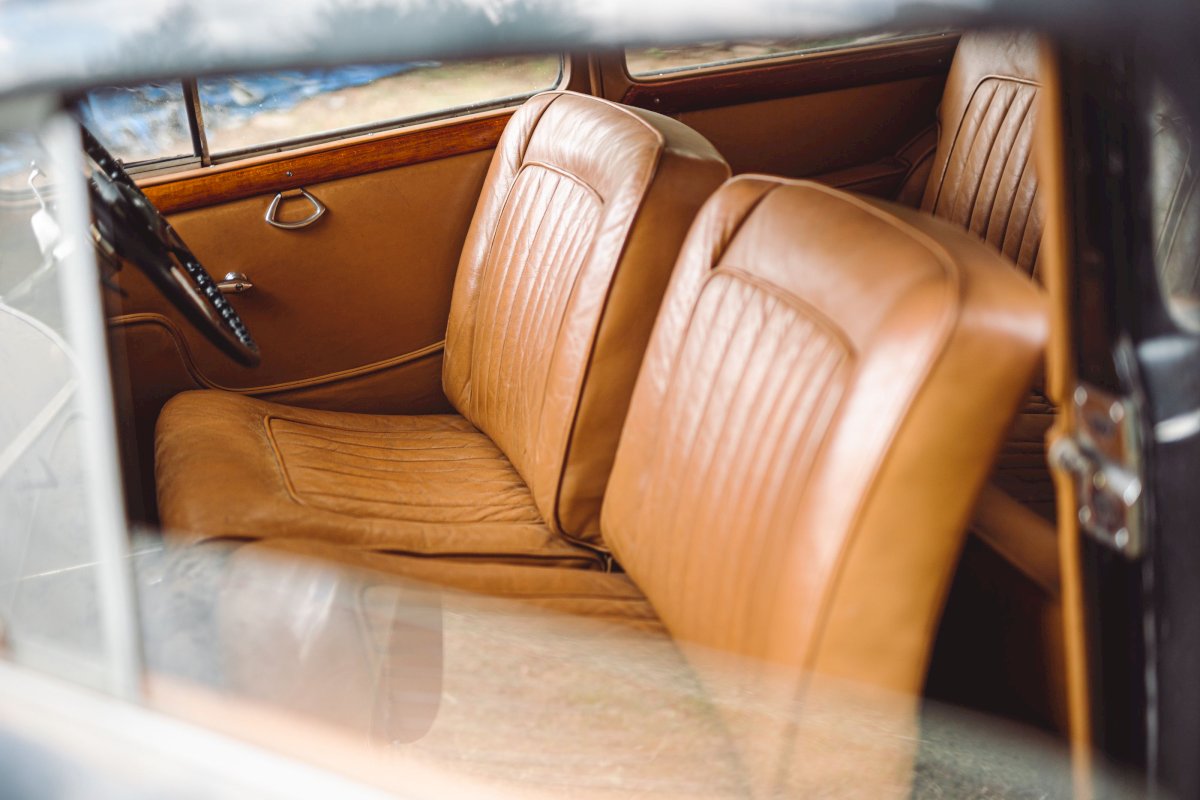
The seats are barely patinated, with solid leather without any tears, and the dashboard is equipped with its Jaeger instruments, which were the best at the time. All that’s missing is the clock, normally placed in the glove box lid. The steering wheel is impeccable, as are all the controls including the Wilson gearbox lever. The door trims and the headlining show no faults and the car still has the small storage net, in front of the sunroof and the rear window roller sun visor.
The mechanicals are complete but have not been restarted and require servicing.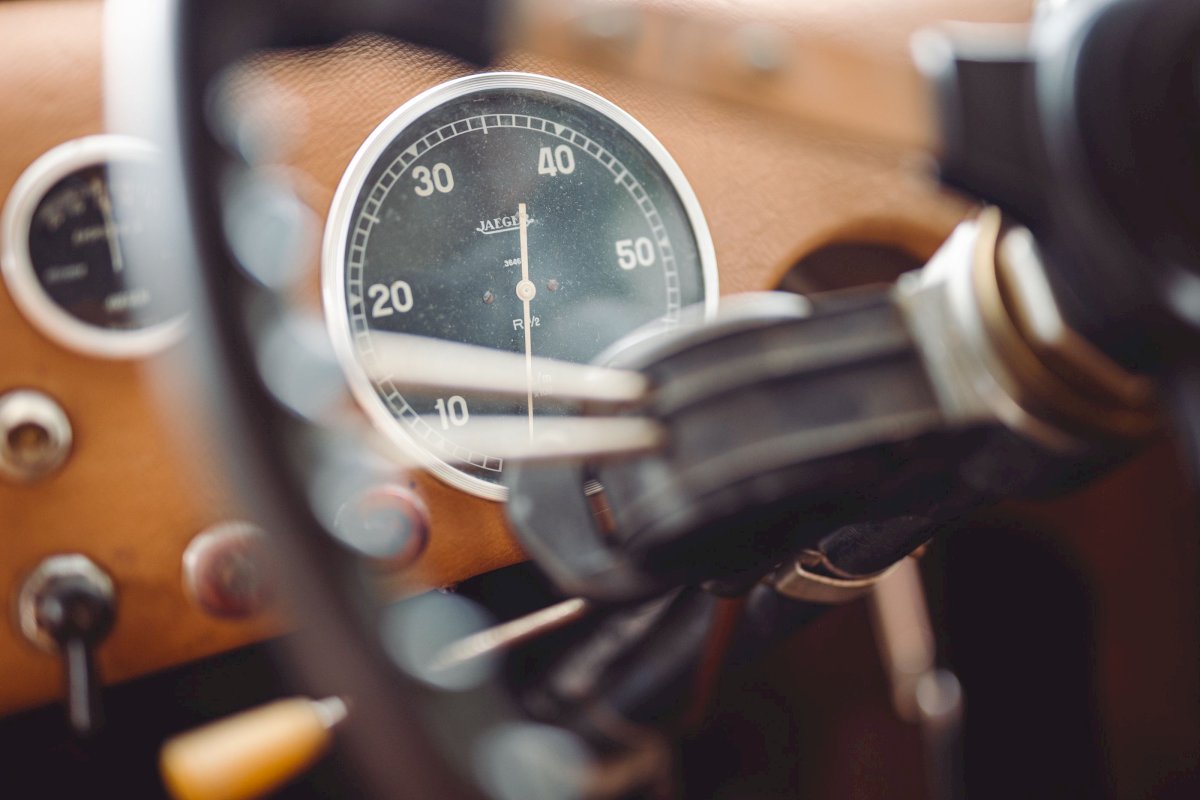
Not only is this model one of the most prestigious of the 1940s, but it is also one of the most elegant versions of the T26 touring cars. Moreover, its preservation makes it one of the finest examples in original condition still in existence. It is a unique opportunity to rediscover this model in all its authenticity, without the inevitable modifications caused by a restoration.
